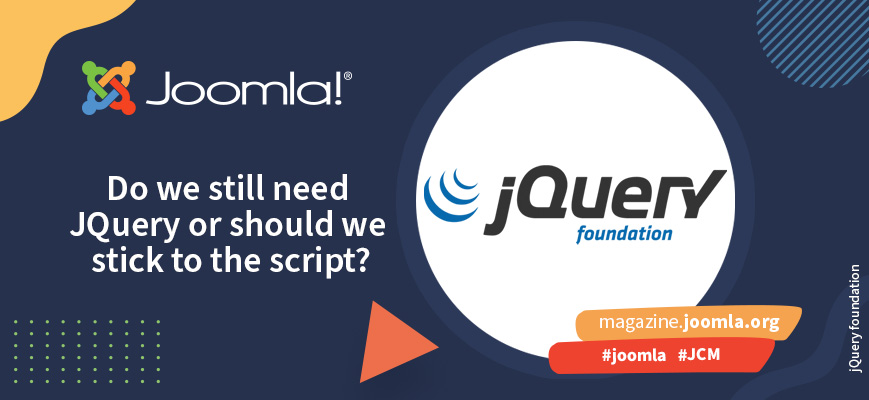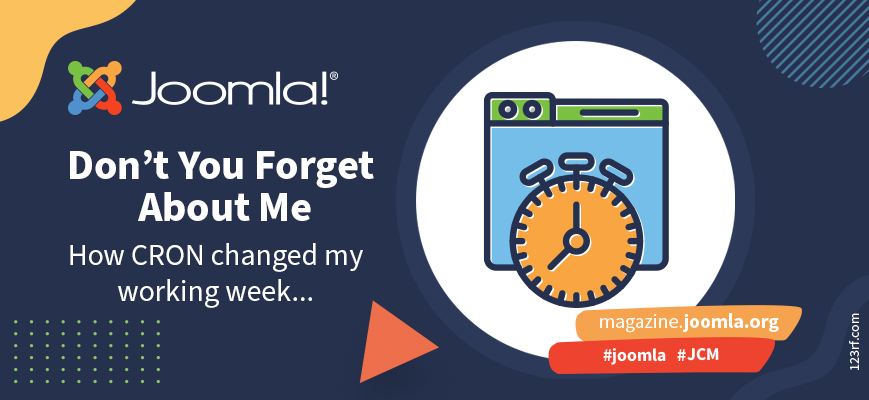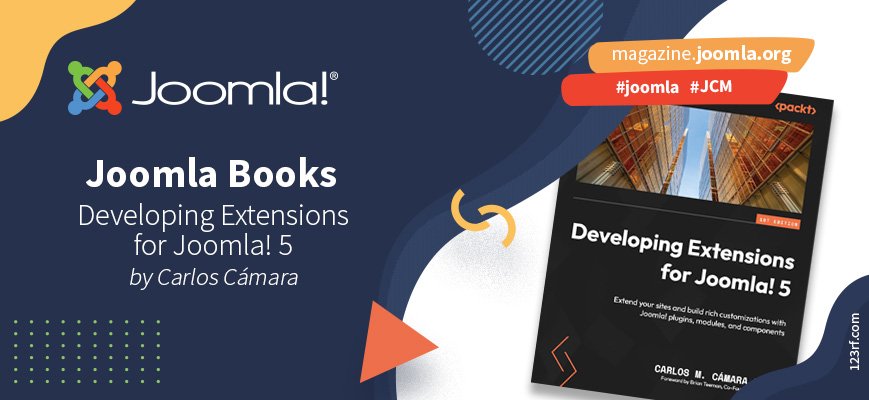When jQuery emerged in 2006 it was one of only a few frameworks that enabled developers to write Javascript faster using shorthand for functions and enabling daisychaining to reduce repetition.
I first came across the term “open source” about 20 years ago and through various projects I found communities that supported and contributed to software that was freely available under various licences. Joomla is licenced as open source and it in turn sits on open source software including PHP, MySQL / MariaDB, the webserver software whether it’s Apache, NGINX and the server itself on a version of Linux (or Windows, which is not open source) All of this relies on contributors to add functionality, test changes, provide support through forums, repositories and documentation.
You probably know people leave a carbon footprint. But did you know websites do this as well? And what is the footprint of your website?
How many times do you do something when managing a website that you know shouldn’t happen but it’s easier to do the workaround than actually fix the problem? And once you know it’s a problem, how long does it take to actually fix it?
I’ve got a few examples. You may recognise some.
If you’ve been building websites for some time you may just reach for your favourite CMS without thinking much about why you use it. However you might need to give some justification to a client, especially one with some knowledge of website building tools, as to why Joomla 5 is the best CMS for their new site.
I’ve been unconsciously making customisations for clients in the backend of Joomla for a while. Some of the changes have been subtle. I’ll start with those, using the Atum Administrator Template in Joomla 5. United Colours First off I like to...
I like the word workflow. It makes me feel more organised just by saying it. When my work flows I’m happy. In Joomla this form of organisation is a hierarchy that enables a means of moderation so that admins or editors can control content, making sure it doesn’t get published without some form of approval.
As a young IT manager, sometime at the end of the last century, I came across a term that interested me a lot. It was “set it, and forget it”. Sounds a bit haphazard, doesn’t it? Apparently it was less to do with software than rotisserie chicken cooking. You'll find it on Google. Why would I want to forget something important? Well, semantics aside, the principle meant that I could go off and do other things rather than waiting to make sure my backups had run.
Not every feature works the first time we use it on a website, but sometimes there really is an issue that cannot be fixed by changing settings. This is the story of how my "glitch" became a code change in the Joomla Core.
I became aware of the changes in extension development in Joomla when I started looking at migrating websites from Joomla 3 to Joomla 4. A sticking point for me was that some extensions hadn't been made Joomla 4 compatible. Some took a long time to be updated and some didn’t ever work in Joomla 4. It was a big jump and reading this book I can now see much more of what that was about.
By accepting you will be accessing a service provided by a third-party external to https://magazine.joomla.org/
 Community Magazine
Community Magazine 








